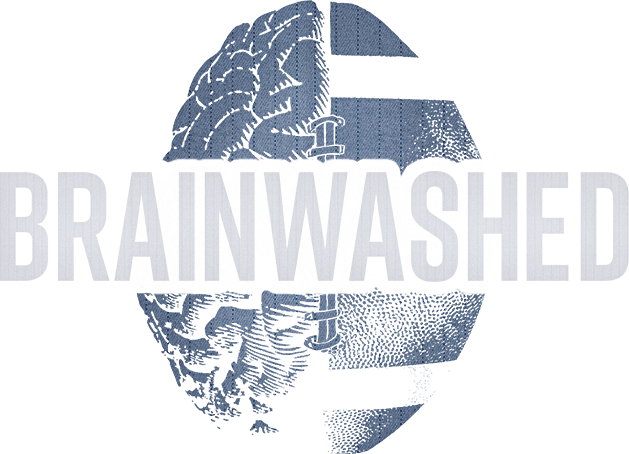
Resources
Brainwashed Blog
Introduction
(Posted on Tuesday, October 23, 2018) 0 Comments
Welcome to the Brainwashed blog. The book’s introduction follows. Please read, share, and tell us what you think.
Back in 1994, I died for a few seconds.
It was my eighth season in the NFL. I was sitting on the training table in the Chicago Bears’ locker room when I …
Brainwashed Podcast
Episode 1
Why Merril did the book BRAINWASHED
aired 10/1/18
Episode 2
110 Out Off 111 Brains With Dr Cummings
aired 10/16/18
Episode 3
Merril Hoge with Dr Cummings & Dr Castellani about Todd Ewen
aired 12/12/18
Episode 4
Merril Hoge Find A Way Podcast with Dr, Peter Cumminngs and Katie Detmer (Stop Blaming CTE)
aired 12/12/18
Episode 5
Merril Hoge with Dr, Peter Cumminngs(Consensus Panel)
aired 1/28/19
Things To Know About CTE
- To date, rigorous scientific research tells us only that CTE leaves deposits of perivascular tau in the folds of the brain. It does not reveal conclusively what causes tau deposits to form or what clinical symptoms, if any, they cause.
- CTE’s true prevalence is unknown.
- The role of genetics, mental illness, and other disease processes in the symptoms currently labeled as CTE is unknown.
- The causal connection between brain trauma and brain pathology is unknown.
- The association between brain pathology and mood, cognitive, or behavioral symptoms is unknown.
- There is no evidence CTE causes any mood, behavior, or cognitive disorders; many neuropsychiatric conditions associated with CTE are also associated with other, more common neurodegenerative diseases.
- The role of preexisting mental health issues in clinical symptoms currently assumed to be caused by CTE is unexplored.
- Clinical and pathological staging of CTE has not been validated by the scientific community; “stage I CTE” is very likely a normal brain, not a diseased brain.
- There is substantial evidence to suggest that CTE is caused by chronic inflammation.
- All the brains in the infamous “110 out of 111” brains case were from players whose families reported that they had mental problems; there was no control group.
- There is no agreed-upon definition of a subconcussive impact (SCI), so it is not a scientific concept.
- There is no evidence that early childhood exposure to tackle football leads to neuropsychiatric problems later in life.
- There is no evidence that CTE causes suicide.
Questions to Ask Your Youth Football League
- Do you have a head-trauma protocol? What is it?
- How many days a week do you practice? (Note: My teams practiced three days a week until games started, and then we practiced two times a week, including the game.)
- Do you know the proper way to fit helmets and shoulder pads?
- How much live contact do you do in a typical week?
- Do you adhere to Heads Up guidelines?
- Do your games have a safety official or certified athletic trainer present?
- How are your coaches trained and background-checked?
- Are your coaches trained to detect symptoms of head trauma?
- How do you match up kids during practice? Based on size?
- How do you go about getting all kids in the game?
Merril & Pete Videos
Welcome to BrainwashedBook.com
The History Behind Brainwashed
CTE: Facts, Fiction, and How to Keep Your Kids Safe
Other Videos
To learn more about concussions, the latest treatment protocols, prevention, and CTE research, check out the following.What Is A Concussion?
Concussion Treatment
Merril Hoge Explains The Proper Helmet Fit
When Is Someone Recovered From Concussion?
